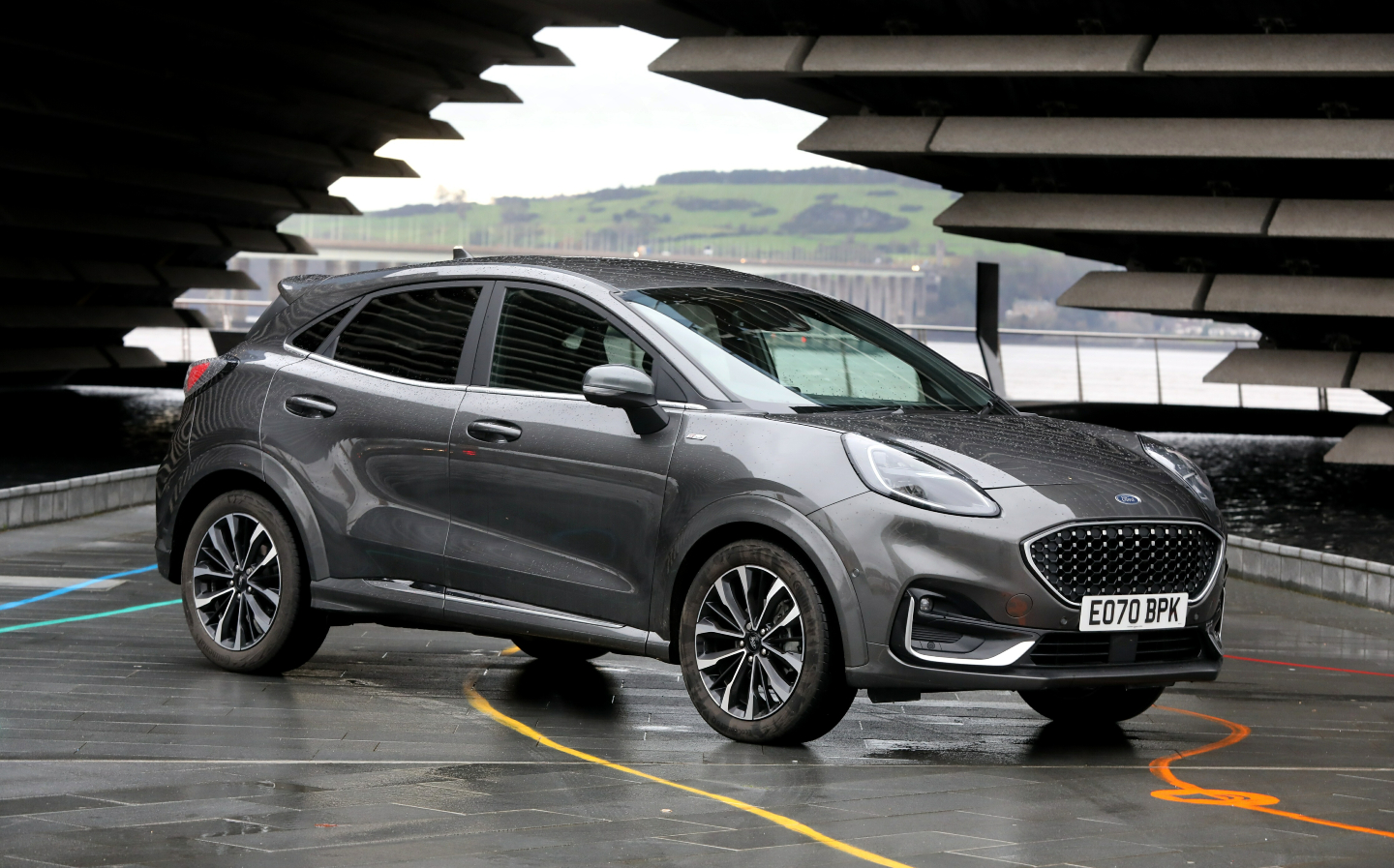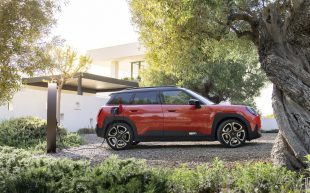Grey Britain: UK’s favourite colour for new cars in 2023 was grey for sixth year running
We’re a nation of monochrome
It’s official: despite the fact that Brits seemingly love variety in almost all aspects of modern life — such as needing several hundred different types of coffee or now preferring crossovers and SUVs to long-standing favourites such as the dearly departed Ford Fiesta — when it comes to car colours, safe and staid monochrome is king.
Figures released by the Society of Motor Manufacturers and Traders (SMMT) have revealed that, of the 1,903,054 new cars registered in the UK throughout 2023, 26.8 per cent of them were ordered in grey. That’s more than half-a-million grey vehicles (509,194) over the year.
It also represents the sixth straight year that grey has been the preferred choice of the UK’s new-car buyers, with the podium locked out by black (20.2 per cent, 385,171 units) and then white (16.5 per cent, 314,382 units); the same one-two-three positioning of these colours every year since 2018.
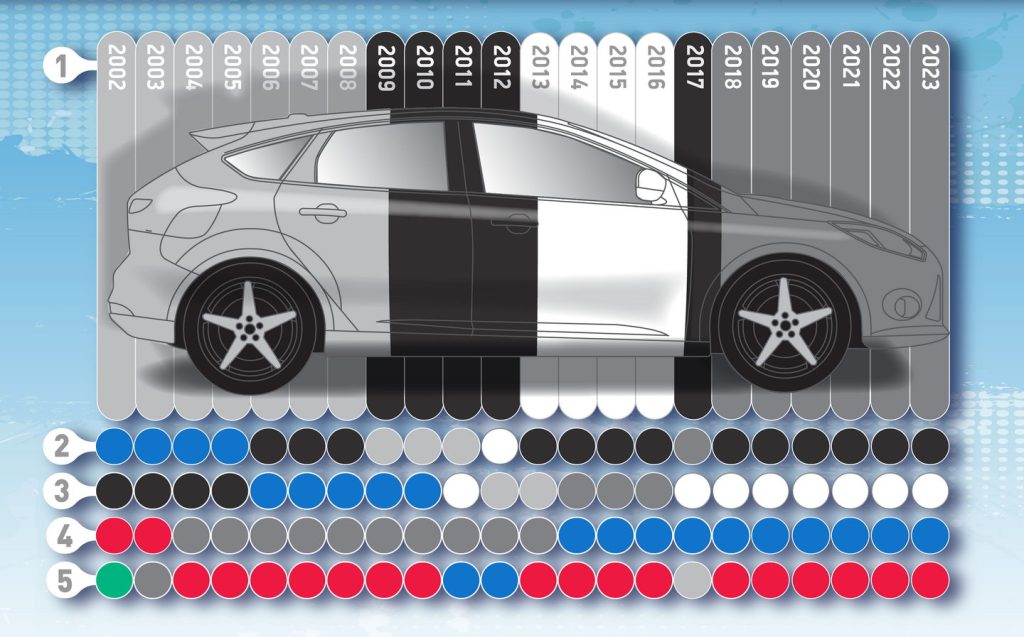
Combining all three’s sales numbers together, nearly two-thirds (63.5 per cent) of all new cars joining the UK’s roads in 2023 were monochrome.
Blue and red cling on to top five
Interest in top-selling grey is far from on the wane, too. Its figures represent a 22.6 per cent volume increase on the same data from 2022, suggesting that appetite for grey cars is still on the rise.
Completing the top five for 2023, at least some “proper” colours made the list — with blue in fourth (15.1 per cent market share, 287,213 units) and red in fifth (7.5 per cent, 142,179 cars).
However, that represents red’s lowest market share since 2005, with sales of the colour in decline in the UK year-on-year since 2019.
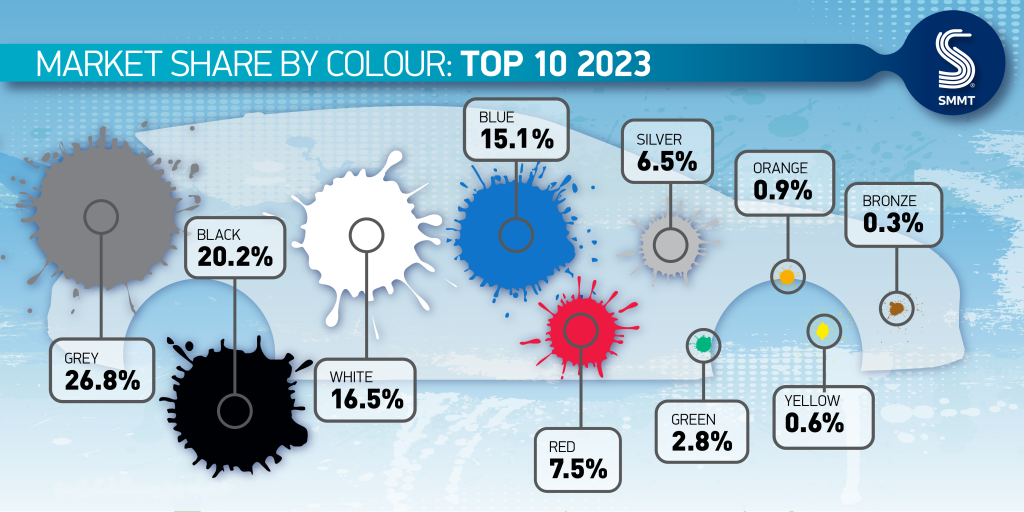
Cream: a 2023 car-spotter’s unicorn
At the other end of the spectrum, the rarest colours for new cars on Britain’s roads are cream, pink and maroon, comprising 0.03 per cent of registrations — or, put another way, just 604 new cars were finished in these three colours combined.
The least popular of these was cream, with only 151 new cars in the UK being ordered in the colour in 2023.
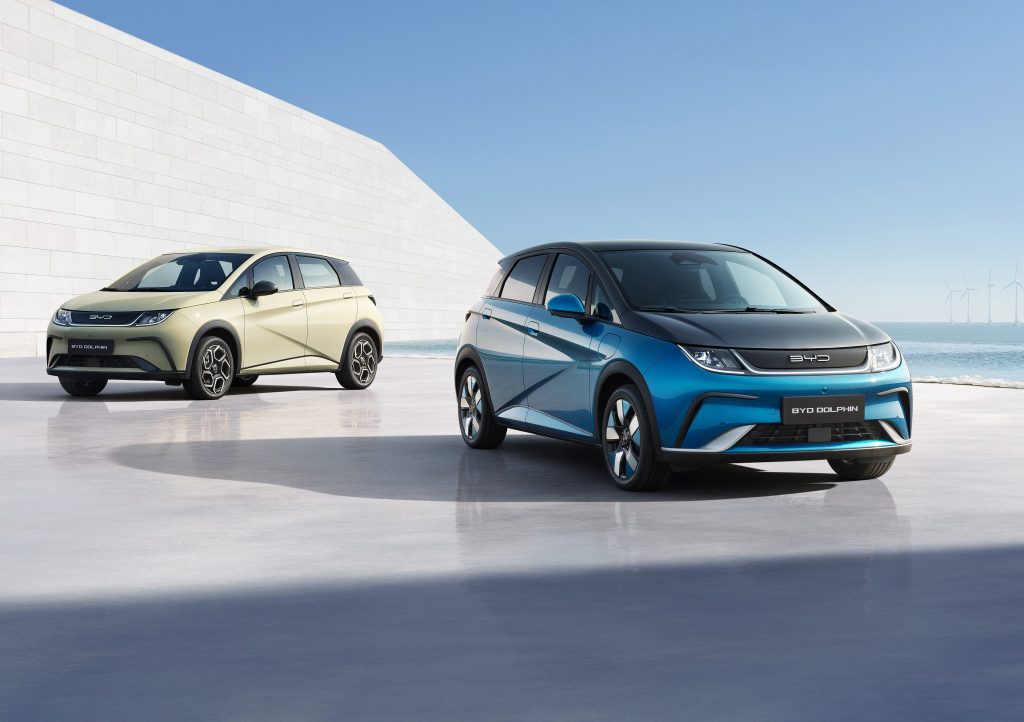
Orange, bronze, turquoise and brown hues all fell in popularity during 2023 when compared to 2022 registrations.
Green shoots of recovery
However, perhaps reflecting the eco-conscious times, green-coloured cars reached their highest market share since 2004 with 2.8 per cent of all new registrations, representing 53,426 vehicles and seventh place on the overall list.
Nevertheless, if you think “zero-emission” cars — or electric vehicles (EVs) — are painted, rather aptly, in the colour, you’re wrong. Most EVs are rendered in grey, just like their internal-combustion counterparts.
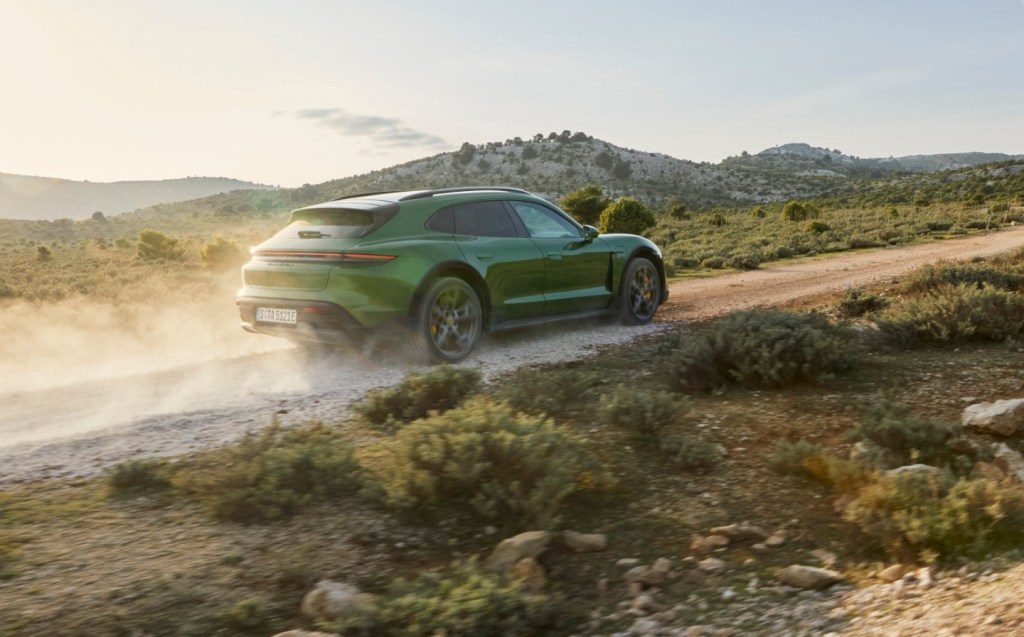
Depressingly, monochrome cars have reigned supreme in the UK ever since 2002. Silver was the top colour for all of the years from 2002 until 2008, after which it was replaced by black until 2012.
White — once a hugely unpopular colour, as it was considered to only be suitable for police cars, emergency service vehicles and vans — hit the top spot in 2013 and held on until 2016, with black having one more year at the top (2017) before grey took over.
What’s happened to silver?
Grey, white, black and silver have between them represented the top-three colour mix for new cars annually in the UK all the way back to 2011. The last time any other finish was on the podium was when blue came in third in 2010.
But if you’re wondering where silver was in 2023, it seems to be falling out of favour. It finished in sixth, with 124,482 units (6.5 per cent).
Yet, if you factor silver in with the top-selling grey, black and white, then in actual fact fully 70 per cent of Britain’s new cars in 2023 were sold “without colour”.
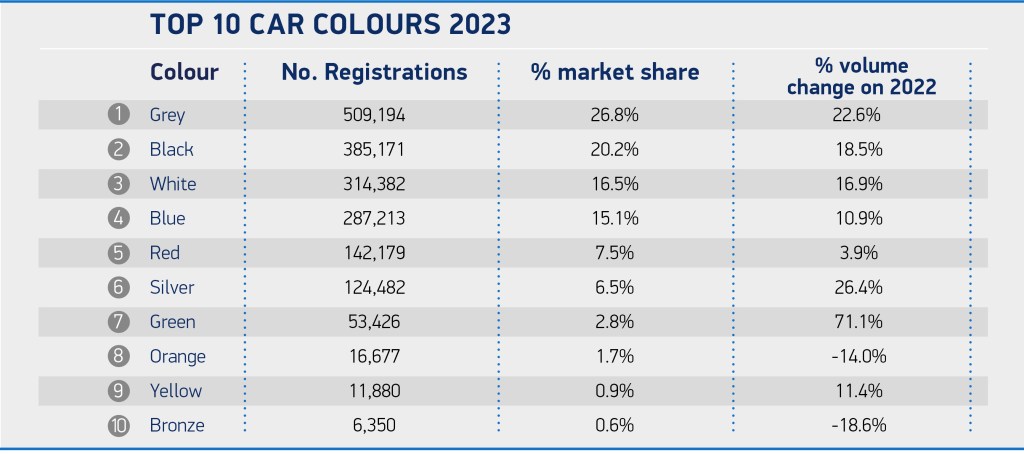
The remainder of the top ten was rounded out by green, orange, yellow and bronze.
Buyers of most body styles of car favoured grey, including best-sellers such as the superminis and “lower-medium” (this segment mainly comprised of crossover-SUVs), although executive cars and luxury saloons were more commonly specified in black. Multi-purpose vehicles, meanwhile, were mainly ordered in white in 2023.
Perhaps reflecting the old adage that a “safe” car colour helps its resale value, fleet sales saw grey making up more than a quarter (26.9 per cent) of all registrations. It fell on the shoulders of private buyers to add a bit of colour to the UK’s roads, as they were more likely to opt for green or yellow.
Play the ‘yellow car’ game in Scotland
When it comes to British regions, every single one preferred grey to any other colour. There was a slight change in the top three in the Channel Islands, Northern Island and Scotland, however, where white was the second-most popular colour, rather than black — which was second in England, Wales and the Isle of Man.
Wales, perhaps reflecting its national flag, recorded the highest proportion of new red and green cars, while blue was at its most popular in… no, not Scotland, but Northern Ireland. Instead, Scotland had the highest number of white cars registered in 2023.
If you’re travelling on a long journey and you want to entertain your kids in the car, then you need to head to Strathclyde, up in Scotland. That is the area with the most registrations of yellow (677 units), so a great place to play the “yellow car” game.
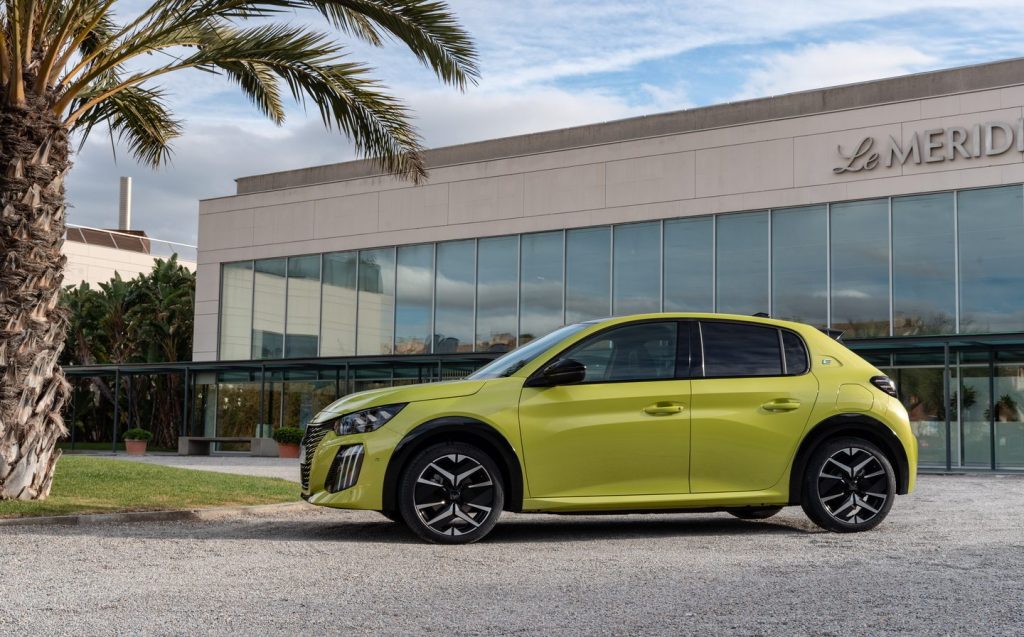
Cheshire registered more orange cars (1,140) than any other county, while Berkshire is now home to more than one-in-ten of 2023-registered pink cars, with 22 units (out of 210 across the whole country). It’s also the county with the highest number of red cars, at 8,034.
Meanwhile, Greater London saw the greatest number of green cars sold, with 3,650 finding homes across the capital in 2023.
Mike Hawes, the chief executive of the SMMT, said: “[It] was a bumper year for the British new car market, as buyers continued to gravitate towards familiar monochrome hues for another year — even as ever more motorists embrace new technologies.
“Car manufacturers have diligently expanded their offerings, with a huge selection of colour options available across hundreds of models and thousands of specification options. The extensive variety allows drivers flexibility in choosing a tint that embodies their individuality and style.”
Related articles
- If you were interested in the most popular car colours of 2023, you might like to read about the best-selling cars in the UK throughout the year
- Here are 11 of the most exciting new cars arriving in 2024
- We had something to say about one of the launch colours for the updated Audi Q8…
Latest articles
- Omoda 5 prototype review: Bargain family SUV is solid first effort for new Chinese brand
- Dacia Duster 2024 review: Rugged, affordable SUV modernised with electrification and quite the glow up
- Audi A3 Sportback 2024 review: Softly, softly, catchy premium hatchback buyer
- New electric-only Mini Aceman fills gap between Mini Cooper hatch and Countryman SUV
- Tesla driver arrested on homicide charges after killing motorcyclist while using Autopilot
- Porsche Macan 2024 review: Sporty compact SUV goes electric, but is it still the class leader for handling?
- F1 2024 calendar and race reports: What time the next grand prix starts and what happened in the previous rounds
- Aston Martin DBX SUV gets the interior — and touchscreen — it always deserved
- Nissan unveils bold look for updated Qashqai, still made in UK


